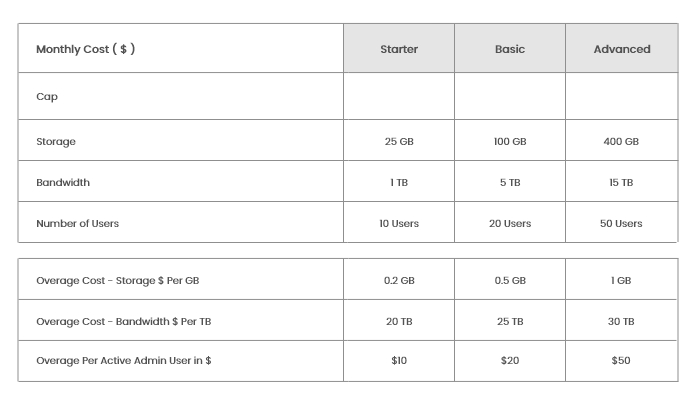



The Changing News Habits and Attitudes of Younger Audiences
Every year Reuters Institute for Study of Journalism publishes a report on Digital News this blog covers Youth Trends
The 2019 Digital News Report examined how young people consume news, and it found 16 that there were significant differences between older and younger groups in terms of news consumption and behaviour, including a greater reliance on digital and social media and a weaker identification and loyalty to news brands. Now, three years later, we focus on how young people's news habits and attitudes have changed in light of growing worries about news scepticism and avoidance, growing public interest in social issues like social justice and climate change, and the expansion of newer platforms like TikTok and Telegram.
The Role of Social Media:
Since the Digital News Report began tracking respondents' primary source of news, social networks have steadily surpassed news websites as the primary source for younger audiences overall, with 39 percent of social natives (18-24s) across 12 markets now using social media as their primary source of news, compared to 34 percent who prefer to go directly to a news website or app. We also discovered that social natives are far more likely than older groups to access news through 'backdoor' sources such as social media, aggregator sites, and search engines. The social media landscape is changing dramatically, with new social networks like TikTok entering the fray and existing platforms like Instagram and Telegram gaining significant traction among young audiences. As social natives' attention shifts away from Facebook (or, in many cases, never really begins to use it), more visually focused platforms such as Instagram, TikTok, and YouTube have become increasingly popular for news among this group. TikTok's use for news has increased fivefold among 18-24s across all markets in three years, from 3% in 2020 to 15% in 2022, while YouTube is growing in popularity among young people in Eastern Europe, Asia-Pacific, and Latin America.
Motivation to access News:
This year, they also inquired about why people choose to read the news. All age groups consider the news to be equally important for learning new things, but news users under 35 are slightly more motivated than older groups by how entertaining and sharable the news is, and they are slightly less motivated than older groups by a sense of duty to stay informed of news or its personal usefulness to them. However, the extent to which young people feel obligated to consume news varies greatly across countries, with huge gaps between those under 35 and those over 35 in Brazil and the US, but very small gaps by age in France and Japan. In the United Kingdom, a sense of duty to be informed and the belief that news helps them learn new things are tied for the top motivations for reading. At the same time, younger audiences, particularly those under the age of 35, are particularly interested in news. Together with insights from people who are suspicious of and distrustful of all information. This, together with our qualitative research, suggests that young audiences have a sort of mix-and-match of motivations based on their interests.
Closing Remarks:
Social natives, in particular, have increasingly gravitated toward new visual social networks; however, they are not all TikTokers, nor do they all have short attention spans when it comes to serious information. Young people prefer a variety of formats and media, from text to video to audio, and they are drawn to information that has been curated specifically for them. Text, video, audio, and still imagery will all have a place in the future, sometimes all in the same piece of content. And there will be a place for both traditional media's serious, impartial tones and more casual, entertaining, or advocacy-focused approaches to covering news.
For more such reports, read our blogs and to book a free demo visit - get-in-touch

